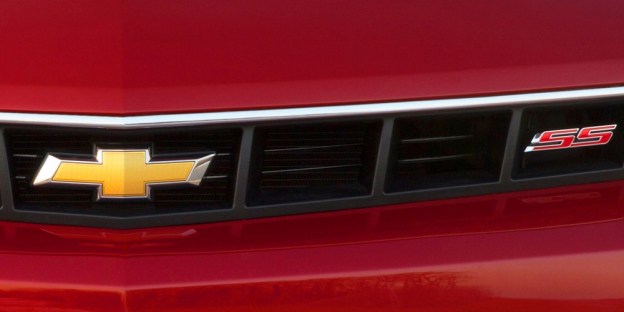 Continuing to rev up its performance line-up, Chevrolet has released a tease of the 2014 Camaro SS to debut at the New York International Auto Show.
Continuing to rev up its performance line-up, Chevrolet has released a tease of the 2014 Camaro SS to debut at the New York International Auto Show.
According to Chevrolet’s official press release, the 2014 Camaro represents the most significant change for the fifth-generation Camaro, which has been the most popular sports car in America for three consecutive years.
The new Camaro will be joined in New York by the all-new Corvette Stingray and Chevrolet SS performance sedan, completing the line of new performance vehicles Chevrolet offered for 2014.
The tease seems to suggest that Chevy is building up for a few new design elements on Camaro for its New York debut. It is, after all, being touted as “new” rather than “refreshed,” which suggest that there will likely be a few notable differences.
The official newsletter for the New York International Auto Show indicates that the car will “advances” in the “design and performance attributes” of the 2014 model. But doesn’t provide much more detail.
I wouldn’t be surprised if the 2014 model picks up some styling cues from the new Stingray, considering how it has now set a new design standard for Chevrolet’s high-performance vehicles.
According to Motor Authority, there is also speculation (stemming from a supposed GM document posted online and since removed) that the 2014 Camaro could be getting an optional twin-turbo V-6 engine with potentially 355-horsepower.
Editors' Recommendations
- New York International Auto Show canceled for 2020
- 2020 Audi E-Tron Sportback, RS Q8 confirmed for 2019 LA Auto Show


